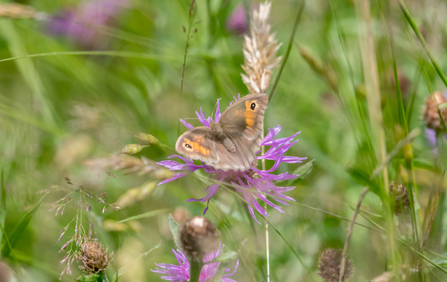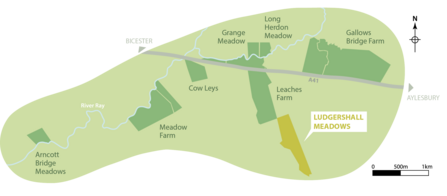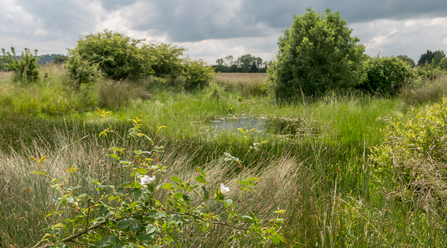The Berks, Bucks and Oxon Wildlife Trust (BBOWT) has launched a major £330,000 fundraising appeal to buy a unique historic meadowland site - before it’s lost forever.
It’s asking the public to help rescue Ludgershall Meadows in Buckinghamshire, which is a remarkable time capsule of England from hundreds of years ago and vitally important for wildlife and climate. The 31-hectare site includes extremely rare floodplain meadow habitat, which has been almost entirely destroyed in the UK in recent years by inappropriate development. This is the last chance to save it.











